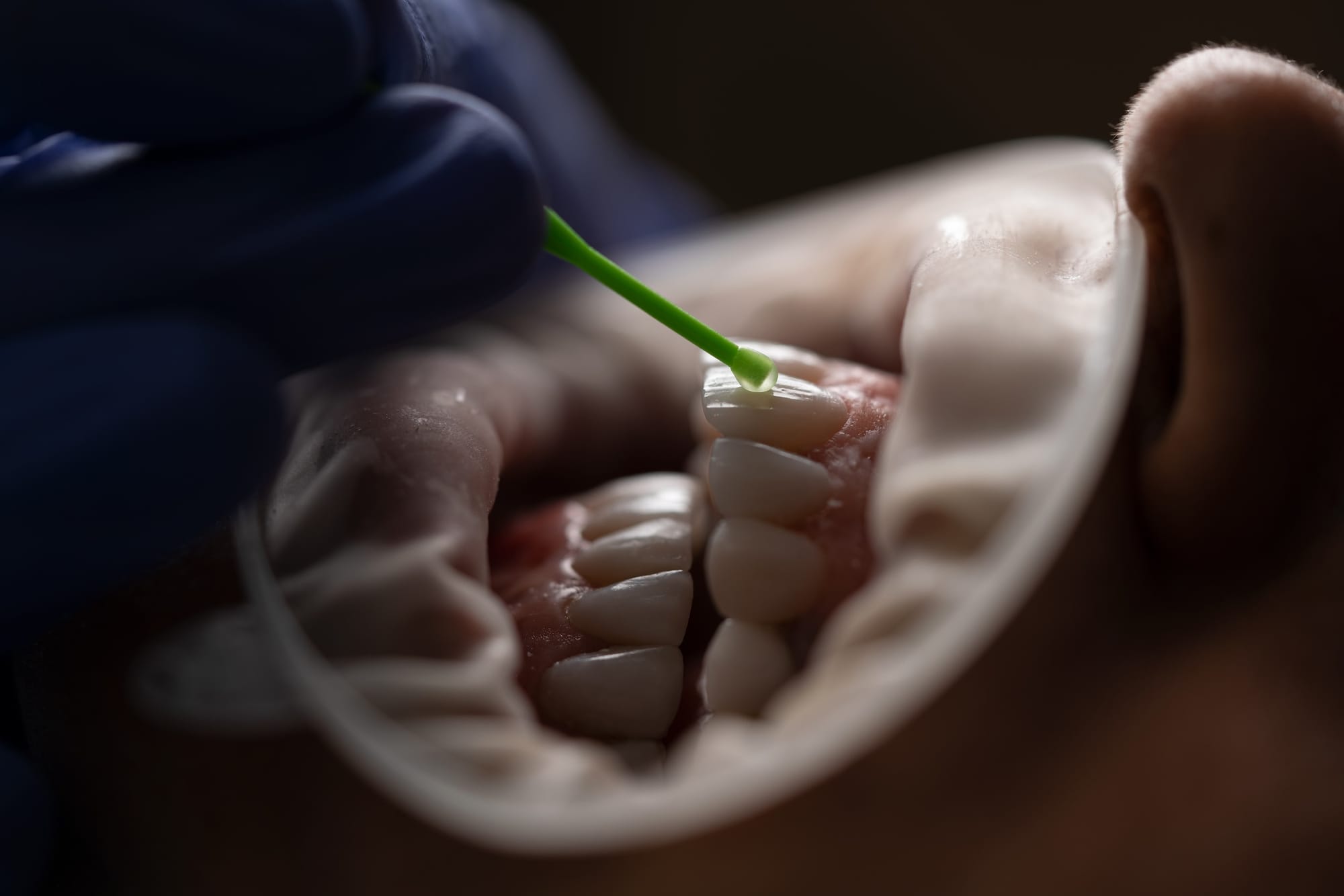
Introduction
Experiencing tooth pain from a fracture can be not only uncomfortable but also a significant disruption to your daily life. In some cases, you may not be able to immediately see a dentist. In this article, we will provide a series of do-it-yourself methods to give you temporary relief from the pain of a fractured tooth. However, remember that these methods are not a substitute for professional dental care; they are only intended to help manage your pain until you can receive such care.

Step 1: Identification of a Fractured Tooth
Before you can begin any form of treatment, it is crucial to first confirm that you are indeed dealing with a fractured tooth.
- Investigate any specific teeth that feel sensitive to touch
- Check for visible cracks or missing pieces
- Notice sensitivity to hot, cold, or sweet stimuli that may suggest a deeper fracture
It's important to be gentle during this process to avoid exacerbating the situation. If you are unsure whether your tooth is fractured, it's best to be cautious and treat it as a potential fracture.
Step 2: Rinse Your Mouth
To remove food particles and bacteria that may be aggravating the fractured tooth:
- Use warm water to rinse your mouth thoroughly
- Avoid using hot or cold water, which might increase pain
- Repeat several times if needed to ensure the mouth is clean
Maintaining cleanliness can help prevent infection and may provide some pain relief.
Step 3: Pain Relief Techniques
Several methods may be helpful when trying to alleviate pain until you can see a dentist.
- Over-the-counter pain medications like ibuprofen or acetaminophen can be taken according to package directions
- Avoid chewing on the side of the mouth with the fractured tooth to prevent further irritation
- Apply a cold compress to the outside of your cheek to help reduce swelling and numb the pain
Adhering to the guidelines for pain medications is crucial to prevent any adverse effects.
Step 4: Temporary Filling Material
For more significant fractures that cause consistent pain, temporary filling material may offer some protection.
- Purchase dental cement from a pharmacy
- Follow the product instructions for preparing and applying the filling
- Seal the fractured area temporarily
This can help shield the sensitive inner parts of the tooth from exposure to elements that can cause pain, like air, pressure, and food particles.
Step 5: Clove Oil Application
Clove oil has been used historically to ease tooth pain.
- Apply a small amount of clove oil to a cotton ball or swab
- Gently dab onto the fractured tooth and surrounding gum area
- Use sparingly, as excessive amounts can be harmful
Clove oil can provide a numbing effect that may help reduce the sensation of pain temporarily.
Step 6: Modify Your Diet
What you eat and drink can affect your fractured tooth.
- Stick to soft foods that require little chewing
- Avoid extremely hot or cold foods and beverages
- Keep away from sugary or acidic foods that can increase pain or cause decay
By changing your diet, you minimize the risk of exacerbating your fractured tooth's condition.
Step 7: Saltwater Rinse
Using a saltwater solution can help keep the area clean and reduce pain.
- Mix 1/2 teaspoon of salt with a cup of warm water
- Swish the solution in your mouth for about 30 seconds
- Spit the solution out without swallowing
- Repeat several times a day, especially after meals
Saltwater can aid in disinfecting the mouth and offer temporary relief from dental pain.
Step 8: Maintain Oral Hygiene
Keeping your mouth clean is crucial.
- Continue brushing and flossing daily, but do so gently around the affected tooth
- Use a soft-bristled toothbrush to prevent further damage
- Avoid flossing aggressively near the fractured tooth
This helps prevent further complications by keeping bacteria levels in check.

Conclusion
While these DIY methods can help provide temporary relief from pain caused by fractured teeth, it is essential to seek professional dental care as soon as possible. A dentist will be able to properly diagnose the extent of the fracture, offer a long-term treatment solution, and help prevent possible infections or complications. In the meantime, be gentle with your tooth and follow these steps to help manage your pain and maintain oral health.
Lastly, do not ignore a fractured tooth. Without proper treatment, the problem can escalate, leading to more severe pain, infection, or even tooth loss. If the pain from a fractured tooth becomes unbearable or is accompanied by swelling, fever, or pus, seek emergency dental care immediately, as these are signs of serious infections needing immediate treatment. With timely intervention and proper dental care, you can preserve your dental health and find relief from the pain of a fractured tooth.